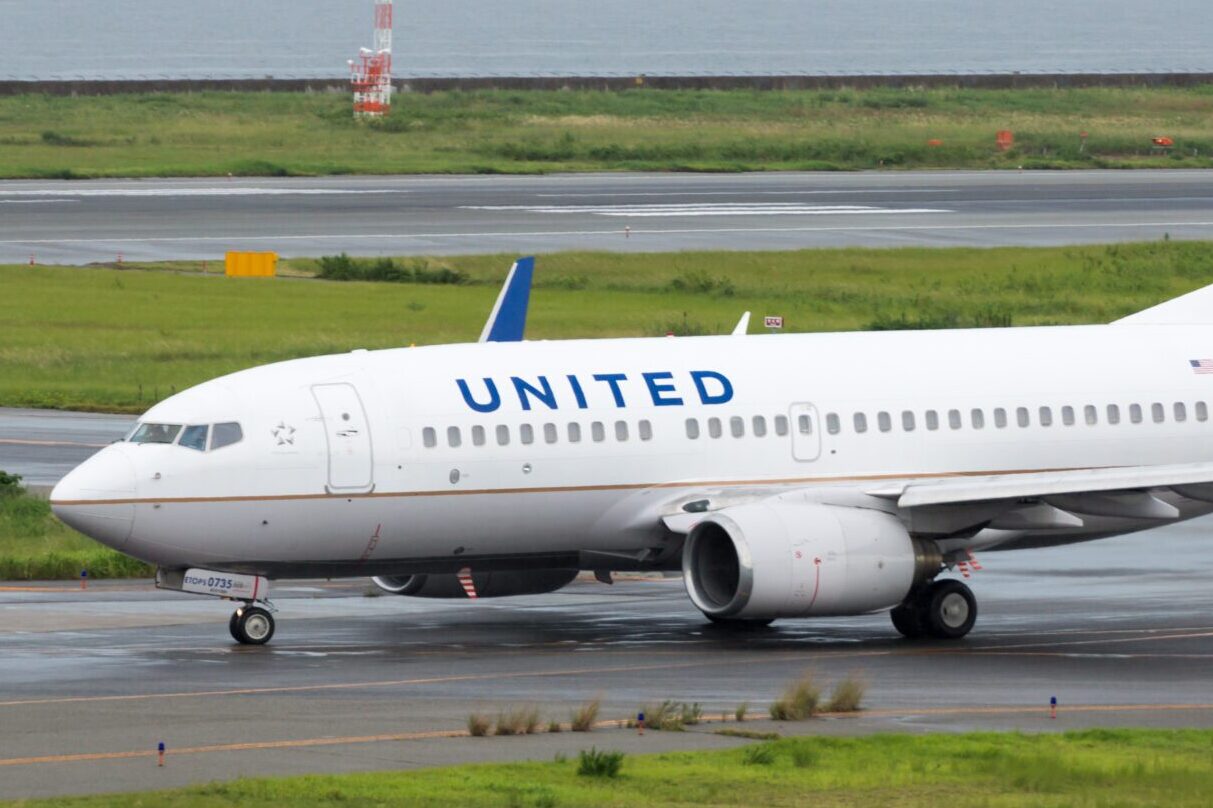Why United Airlines Is Leading Investments in Renewable Fuel Startups

Skift Take
United Airlines earlier this year put together an investment of $100 million dedicated to startups working on renewable aviation fuels. Only five months later, that fund doubled to $200 million and had investments from three other other airlines.
That's because United Airlines and others are ready now to switch to renewable fuels, but there's a big problem: a huge shortfall in availability.
"I would love to have a robust marketplace right now for alternative fuels. We would buy it all up," said Lauren Riley, chief sustainability officer for United Airlines.
United uses 4 billion gallons of aviation fuel each year. There were less than 80 million gallons of renewable fuels produced worldwide in 2022, according to the International Air Transport Association.
Paired with other measures like hybrid electric engines, adopting what’s known as sustainable aviation fuel (SAF) is expected to account for 65% of what needs to be done for the airline industry to meet its goal of reaching zero emissions by 2050, according to IATA. Achieving that would require producing 118.9 billion gallons of SAF by that timeframe.
“My biggest priority right now is to figure out how we can lend United's credibility to establish a market for SAF,” Riley told Skift.
The technology for producing some of these next-generation fuels exists, but it’s a matter of being able to mass produce them at a reasonable cost. A lack of funding is a key missing component to developing those technologies, which is where United's Sustainable Flight Fund is meant to help. The fund is focused on startups that are developing either SAF or technologies that support production of SAF.
The additional $100 million for the fund came from several new partners, including airlines JetBlue and Hawaiian Airlines. Other investors include Air Canada, Boeing, GE Aerospace, JPMorgan Chase, American Express Global Business Travel, and more.
Other airlines have committed investments to separate funds and projects, as well. Emirates has pledged up to $200 million for SAF development, and Australia-based Qantas has established a A$400 million ($267 million) climate fund to support the development of emission reduction technologies. JetBlue Airways is among other airlines that have invested in sustainable fuel startups.
United has invested in several SAF startups so far — including Cemvita Factory, Dimensional Energy, and NEXT Renewable Fuels — focusing on those that have promising paths toward scalability.
SAF Adoption
There is a small amount of SAF available now, and United uses more than any other airline.
SAF today is made from cooking oil and agricultural waste. Some of the new technologies are looking at creating fuels with alcohol, wood biomass, trash, and atmospheric carbon — a method that Riley wants to see advanced because it could solve a big concern around the supply of biological materials for SAF production.
All of the methods play varying roles in United’s plans for the future, but most of these investments won’t start paying off significantly until the end of the decade, according to timelines that have been laid out.
“The truth of the matter is our emissions are going to go up before they go down, and that's okay. It has to be okay because what I need is the space for the SAF marketplace to establish and develop,” Riley said.
IATA recently released a roadmap developed in collaboration with 120 experts to help guide the industry toward what needs to happen to meet the goal by 2050.
It includes a requirement for nearly 7,000 SAF bio-refineries by 2050, and the need to remove more than 700 million tons of carbon dioxide from the atmosphere either for SAF or as an emissions reduction solution. The report stated that there are more than 100 new projects for renewable fuel in planning or construction.
“Every year we delay the optic of SAF, then that means the following years, we need to build more and more and more facilities,” said Alejandro Block, manager of new energy and technologies at IATA, in a video explainer of the report.
The report also shows that next-generation companies will need to produce 24 metric tons annually by 2030 and exceed 400 metric tons by 2050.
But there are many moving parts that need to come together for that to happen.
United Airlines and the others will not be able to fund the necessary changes alone. Investors tend to be wary of funding technologies that have not been proven, but the point of establishing the fund and lobbying is to show the government and investors that the industry is ready, Riley said. Plus, United and others are signing contracts promising to purchase fuels in the future.
That’s one place where Riley believes the government should step in. She said there has already been increased innovation since the passage in 2022 of the Inflation Reduction Act in the U.S., which was meant to promote investment in clean energy.
“The Inflation Reduction Act incentives have been remarkably powerful in making some of the economics work today, which didn't work but two years ago before the policy,” Riley said. “We were very heavily involved in crafting that legislation to make sure that we can send a signal to the market that it's time to invest in aviation fuels.”
IATA also said public policy is critical to success and has laid out a roadmap on that front as well.
“Absolutely yes, it is possible, we can get to net zero,” Block said. “But, this depends on all of these things happening. We need to accelerate the process; we need to keep talking about it; but most importantly, we need to act.”
Skift’s in-depth reporting on climate issues is made possible through the financial support of Intrepid Travel. This backing allows Skift to bring you high-quality journalism on one of the most important topics facing our planet today. Intrepid is not involved in any decisions made by Skift’s editorial team.





